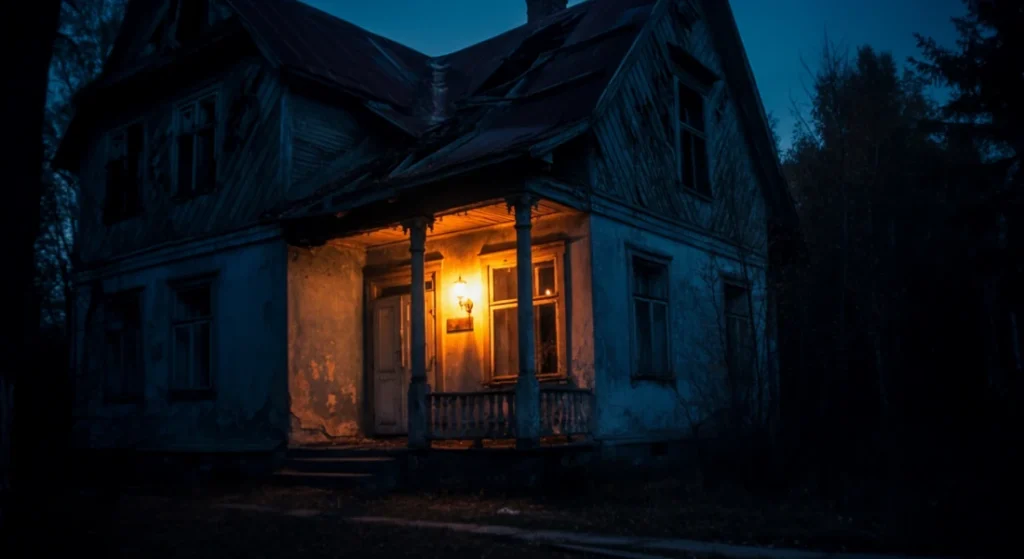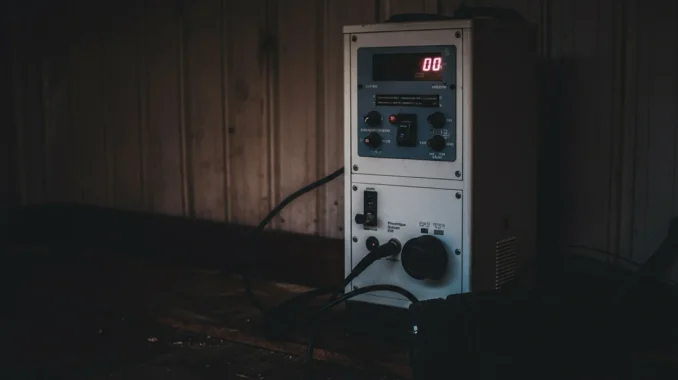In times of war, power grid failures, or economic collapse, electricity may become unreliable or completely unavailable. Without proper lighting, safety, security, and basic activities become much harder. A prolonged blackout can leave families struggling to navigate in the dark, cook meals, or even defend their homes effectively.
Learning how to light your home without electricity is a critical survival skill. This guide will cover practical, low-tech lighting solutions, their pros and cons, and key safety tips to help you maintain a livable home environment during blackouts and emergencies.

Step 1: Choosing the Best Emergency Lighting Options
There are many alternative lighting options, each with different benefits. Selecting the right mix of light sources ensures you are prepared for both short-term and long-term outages.
1. Candles – Simple and Affordable
- Advantages:
- Inexpensive and widely available.
- No batteries or fuel required.
- Can provide warmth in small spaces.
- Disadvantages:
- Fire hazard – Can easily start fires if knocked over.
- Limited brightness – Not ideal for detailed work like reading or repairs.
- Short burn time – A single candle may last only a few hours.
Tips:
- Place candles in glass jars or lanterns to reduce fire risk.
- Keep a fire extinguisher nearby in case of accidents.
- Use long-lasting emergency candles (up to 100-hour burn time).
2. Oil Lamps – Reliable and Long-Lasting
- Advantages:
- Provides bright, steady light.
- Uses various fuels: lamp oil, vegetable oil, or even animal fat.
- Can burn for hours with a single refill.
- Disadvantages:
- Produces smoke and soot if not ventilated properly.
- Some fuels are expensive or difficult to store.
- Open flame risk – Must be kept away from flammable materials.
Tips:
- Use clear kerosene or lamp oil for cleaner burning.
- Keep wicks trimmed to reduce soot.
- Store extra fuel in sealed, fire-safe containers.
3. Flashlights and Battery-Powered Lanterns
- Advantages:
- Safe, portable, and easy to use.
- Provides bright, directed light for tasks.
- Rechargeable options available.
- Disadvantages:
- Batteries eventually run out.
- Some models have weak or short-lived bulbs.
Tips:
- Stockpile rechargeable batteries and hand-crank or solar-powered flashlights.
- Use LED lanterns – they last longer than traditional bulbs.
- Keep extra batteries in a cool, dry place to extend their shelf life.
4. Solar-Powered Lights – Best for Long-Term Use
- Advantages:
- No need for fuel or batteries – charges with sunlight.
- Can be used indoors and outdoors.
- Some models have USB ports to charge devices.
- Disadvantages:
- Requires exposure to direct sunlight for charging.
- Weak performance on cloudy days or in winter months.
Tips:
- Use outdoor solar garden lights and bring them inside at night.
- Invest in solar lanterns with built-in power banks for extra functionality.
- Place solar panels in direct sunlight for optimal charging.
5. Hand-Crank and Dynamo Lights – Best for Emergency Situations
- Advantages:
- No fuel, no batteries – works by hand-cranking.
- Useful for short bursts of light in an emergency.
- Some models come with built-in radios or phone chargers.
- Disadvantages:
- Requires manual effort – can be tiring for extended use.
- Light is often dimmer than battery-powered options.
Tips:
- Keep at least one hand-crank flashlight per person in your household.
- Use in combination with longer-lasting lighting options.
6. Glow Sticks – Temporary, Safe Light
- Advantages:
- Completely safe – no flame, batteries, or electricity needed.
- Good for marking pathways, rooms, or exits in total darkness.
- Can last up to 12 hours per stick.
- Disadvantages:
- Single-use – not suitable for long-term lighting.
- Provides only dim illumination.
Tips:
- Store multiple glow sticks for emergency use.
- Use different colors for different signals (e.g., green for safe zones, red for danger).
Step 2: Maximizing Your Light Sources
How to Make the Most of Limited Lighting:
- Use mirrors and aluminum foil to reflect light and brighten rooms.
- Paint walls white or light colors to increase brightness.
- Create light zones – concentrate lighting in areas where it’s most needed.
- Use transparent containers filled with water to amplify candlelight.
What NOT to Do:
- Do not waste battery power unnecessarily – use lights only when needed.
- Avoid using open flames near gas or fuel storage.
- Do not rely on just one type of lighting – always have backups.
Step 3: Safety and Security Considerations
In conflict zones, light can make you a target. It’s essential to stay discreet and protect yourself when using alternative lighting.
How to Stay Safe While Using Light:
- Use blackout curtains – Prevents light from leaking outside.
- Avoid bright lights in exposed areas – Stay hidden at night.
- Keep emergency exits well-lit – Use dim or red light for night vision.
- Use motion-activated lights outside – Alerts you to intruders.
What NOT to Do:
- Do not keep all lights on at night – it can attract unwanted attention.
- Avoid placing candles or lamps near windows – creates silhouettes that can be seen from outside.
- Do not leave flame-based lights unattended – fire risk is high during crises.
Conclusion: Be Ready Before the Lights Go Out
Electricity outages can last days, weeks, or even months in crisis situations. Being prepared with multiple lighting solutions ensures safety, comfort, and security.
Final Recommendations:
- Store a variety of light sources – candles, flashlights, solar lanterns, and oil lamps.
- Have multiple backup plans – different power-free solutions for different needs.
- Use smart lighting techniques – mirrors, blackout curtains, and zone lighting to maximize efficiency.
- Keep safety a priority – prevent fire hazards and unwanted attention.
A power outage doesn’t have to mean total darkness. By preparing now, you can ensure your home stays functional and safe even when the grid fails.




